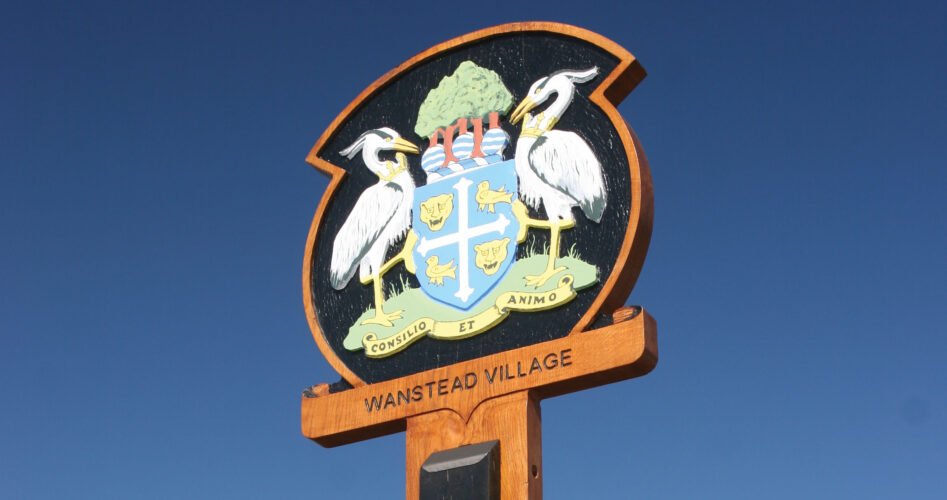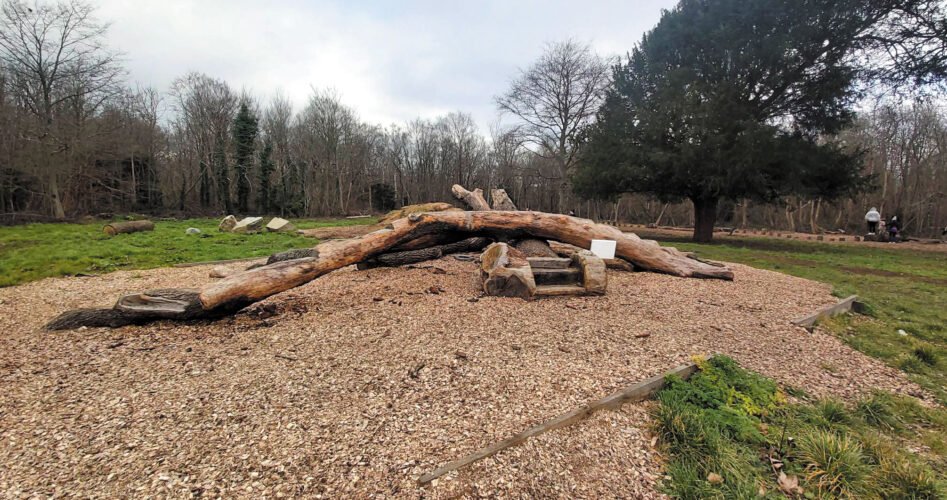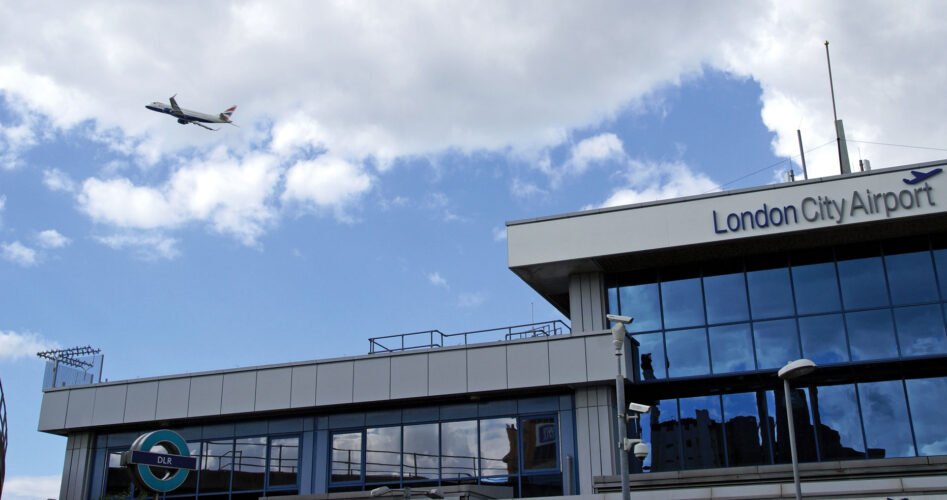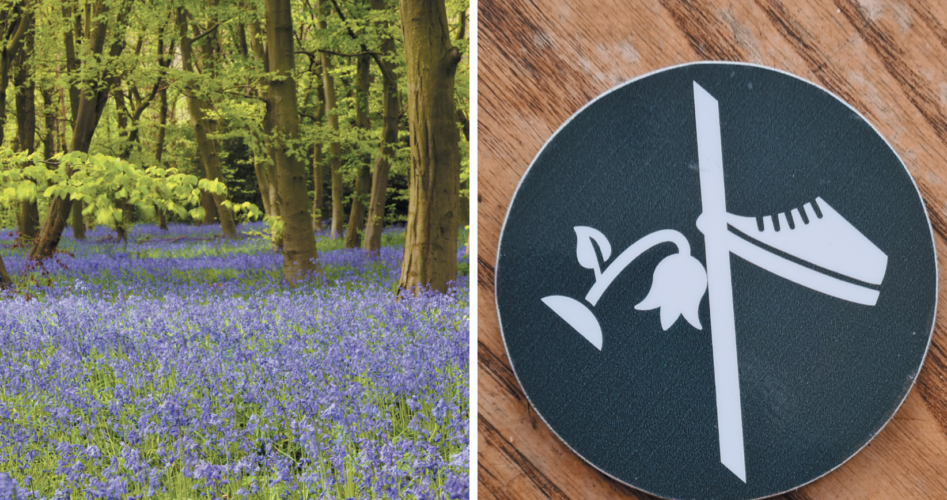Eddie Heath chose the gentrification of Wanstead as the subject of his A level geography coursework. Here, the 18-year-old student presents some of his findings
Recently, as part of my A level geography course, I conducted a study analysing the extent to which gentrification had taken place in Wanstead, and how this was linked to people’s thoughts about Wanstead as a place to live.
The two primary sources of data I collected were surveys to assess people’s views about living in Wanstead, and photos of the area to compare with historical images to see how the place has changed over time. I had over 220 responses to the survey, which significantly helped with my investigation. I then collected secondary data on house prices to help assess gentrification and I also looked at present and historical crime rates to compare with residents’ perceptions of crime in the area.
Analysing house price data led to some interesting conclusions. The majority of houses tended to increase in price at around £19,000 a year, only slightly above average Redbridge levels and indicating little gentrification. However, one-third of the houses were increasing, on average, at £42,000 a year, more than double the borough’s average, and these houses were in the highest price bracket at the start of my data collection. This indicates that whilst gentrification may be taking place, it is not necessarily happening at the same rate in all of Wanstead.
Comparing current and historical photos showed there is now more greenery in the streets, as well as more upmarket shops, showing gentrification taking place here.
The crime data showed that three of the four crimes surveyed have increased from 2010 levels, although levels have stayed relatively stable since 2016. However, this is difficult to compare due to changes in the way crime data is reported. How long someone has lived in the area also affects their perception of how crime has changed; 71% of people who have lived in Wanstead longer than 10 years think crime rates are worsening, compared to just 36% of those who have lived in Wanstead less than two years.
Apart from this, most people’s thoughts on how the area has changed over time were positive, with many people talking about the Wanstead Fringe events, the sense of community and the friendliness of the neighbourhood. Thoughts on the quality of the High Street have also improved, with many people mentioning more upmarket shops and cafés. Most residents enjoy living here, with the three most common words used in response to ‘how would you describe Wanstead in five words?’ being ‘friendly’, ‘green’ and ‘community’.
Finally, thank you so much to all who replied to my survey – it greatly helped with my investigation.










